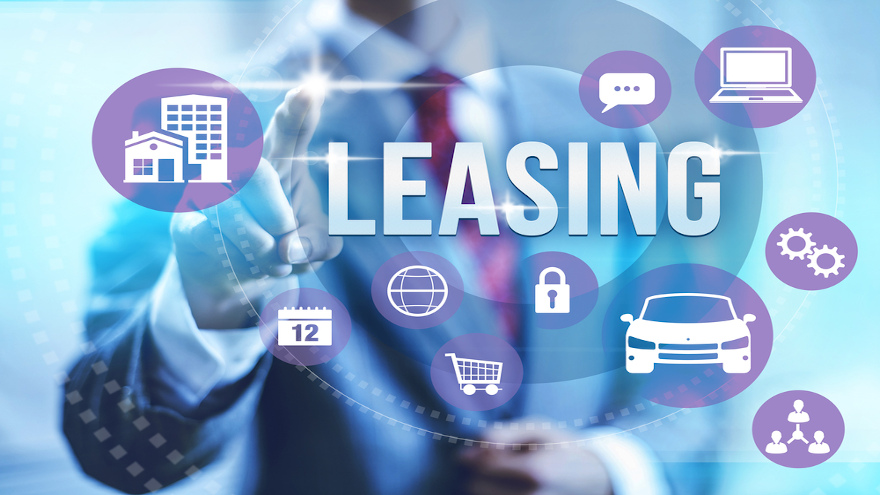COMMENTARY: Low lease returns contribute to lack of used inventory, propping prices but limiting growth

There is something surreal about today's retail automotive market.
Assumptions, once taken as articles of faith, are not only being questioned but also discredited altogether. Take, for example, the role vehicle leases have traditionally played in creating a win-win-win value proposition that has well-served consumers, dealerships, and automotive manufacturers for decades.
For consumers interested in driving vehicles they could not afford to purchase outright, leasing offered a cost-effective option that broadened participation in the new-vehicle market. The arrangement was a major plus for manufacturers because it expanded demand for new vehicle production.
Dealerships, however, were arguably the biggest winners. Leases accelerated the movement of low-margin new inventory while presenting a virtual guarantee that high-margin used vehicles would return to their lots for resale after three years.
The post-pandemic, pre-recession economy has shattered this paradigm.
According to J.D. Power research, lease returns are down 40% year over year. Leaseholders are, in growing numbers, exercising their buy-out rights as the elevated value retained in today's cars and trucks changes the financial calculus. Many find themselves in a better equity position at the end of their lease than when they drove their dream car home. It is a paradox.
On the flip side, the dynamics that somehow turned historically depreciating assets into high-performance personal finance instruments have created an expensive, almost hostile, buyer's market.
Lease deals today are currently horrible. It is not unusual for leaseholders who signed up for a $500 per month payment three years ago (before the pandemic) to face the dubious opportunity of shelling out twice as much for a comparable vehicle today. Moreover, lease payments that once required low or no money down have been replaced with demands for $5,000 initial deposits.
The picture is no rosier for conventional sales financed with loans. Monthly payments for 72-month (six-year) contracts reached a whopping $710 a month in 2022. While it is a higher payment than today's leases (currently averaging $594), current deposit requirements lease narrow any clear distinctions between loaning and leasing. As federal authorities keep their interest rate policy options open in the fight against inflation, the trajectory for 2023 is uncertain at best.
All of this explains why only 17% of new-vehicle sales today have been executed through new lease originations, down from 30% in 2019. The downward trend is gathering momentum, creating an interesting force-multiplier effect. As consumers buy out their leases, the market is deprived of new transactions that would close under normal market conditions. In the process, the industry is also losing sorely needed inventory to meet aftermarket demand.
With the old virtuous cycle of inventory and high-margin sales enabled by the leasing environment disrupted, the automotive retail sector finds itself in a situation that is unappealing to all but the most financially fluid consumers. The good news, if one can call it that, is that the ability to supply that market has shrunken to address this downsized demand.
As a result, the dynamics of today's lease market are contributing to a market that will manage to maintain margins (because of low inventory) but struggle to achieve growth (because of low volume) through the foreseeable future.
In the immediate future, dealers and OEMs will have to revisit their engagement strategies to identify–and incentivize–consumers possessing coveted leased vehicles.
Industry players will also need to focus on long-term strategies to rejuvenate buyer interest in lease trade-ins or develop new revenue streams to replace this receding high-margin category.
David Paris is director of market insights and valuation services at J.D. Power.

 View The Latest Edition
View The Latest Edition

